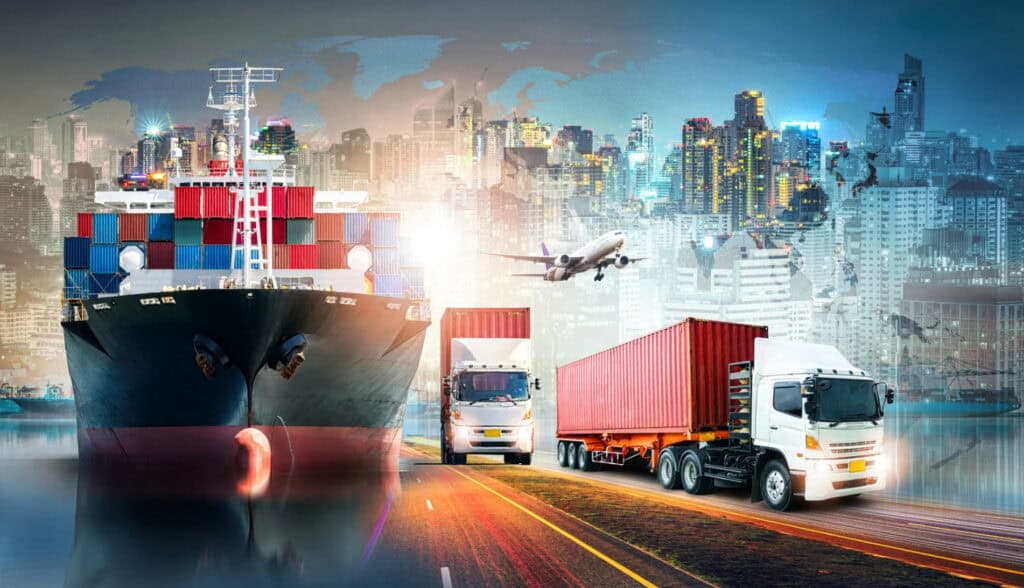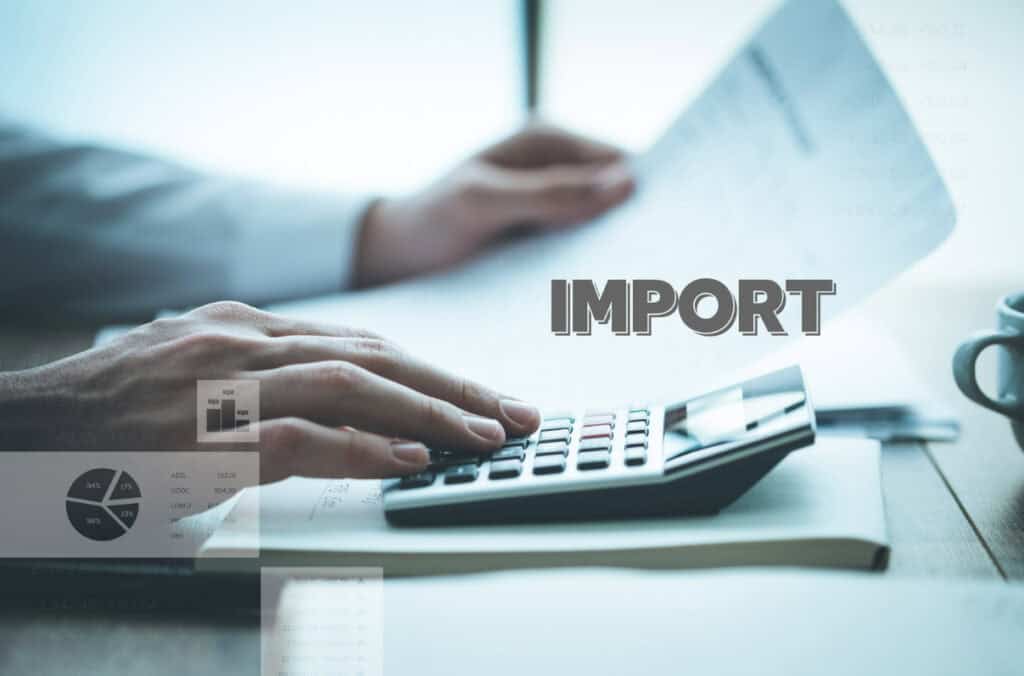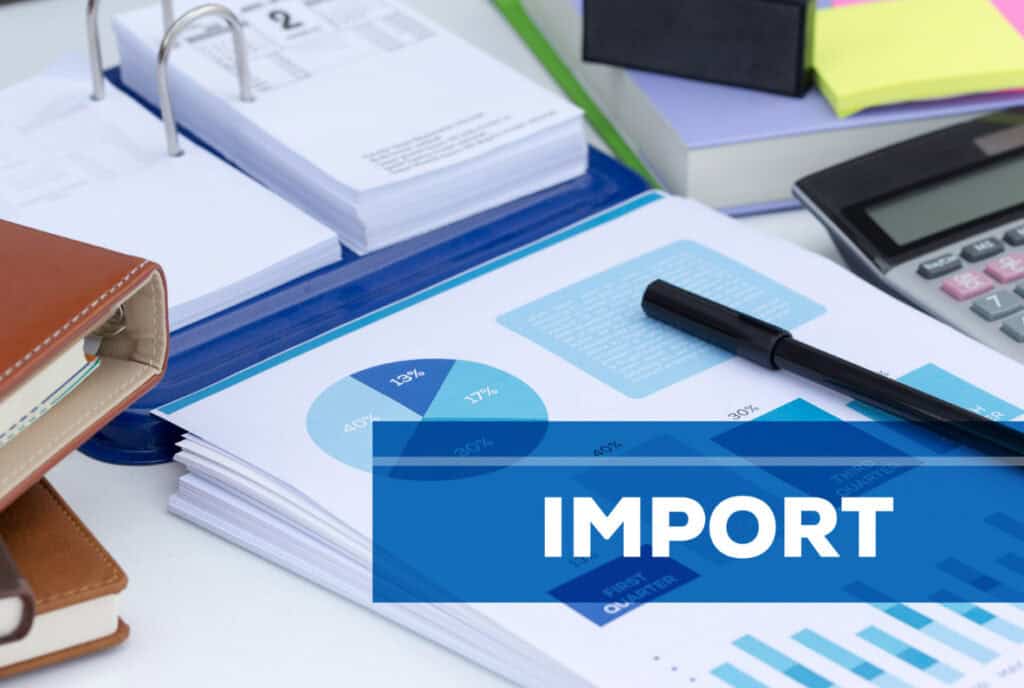Importing goods via ocean freight into the USA can seem like a daunting process, especially for those who are new to the world of international trade. However, with the right information and preparation, it can be a smooth and rewarding experience.
Table of Contents
Whether you’re a small business owner looking to expand your product line or an individual planning to import personal items, understanding the key steps involved can save you time, money, and potential headaches.
This article will guide you through the essential aspects of successfully importing goods into the USA by ocean freight.

Choosing the Right Freight Forwarder
A freight forwarder plays a crucial role when you want to Ocean Freight Import and Export into the USA. They are the intermediary between you and the various logistics services involved, such as shipping lines, customs brokers, and transportation companies.
A good freight forwarder will help you navigate the complexities of international shipping, ensuring that your goods arrive safely and on time. When selecting a freight forwarder, consider their experience, network of partners, and range of services.
Look for a company that has a solid track record in handling the type of goods you plan to import. It’s also important to check if they offer comprehensive services, including customs clearance, documentation, and inland transportation. Building a strong relationship with a reliable freight forwarder can significantly ease the import process.

Navigating Customs Regulations
Importing goods into the USA requires compliance with various customs regulations and procedures. The U.S. Customs and Border Protection (CBP) is responsible for overseeing the importation process, ensuring that all goods entering the country meet the necessary legal and safety requirements.
Before your goods arrive at a U.S. port, you will need to file the appropriate paperwork with CBP. This includes providing detailed information about your shipment, such as the commercial invoice, packing list, and bill of lading. It’s essential to ensure that all documentation is accurate and complete to avoid delays or penalties.
Preparing Your Shipment for Transit
Properly preparing your goods for ocean transit is crucial to ensuring they arrive in good condition. Begin by selecting the right type of packaging for your products. Goods should be packed securely to withstand the rigors of ocean transport, including exposure to moisture, rough handling, and temperature fluctuations.
If you’re shipping fragile or high-value items, consider additional protective measures such as cushioning materials, waterproof liners, or even temperature-controlled containers. Labeling your packages clearly with the necessary shipping information and handling instructions is also important to prevent mishandling during transit.
Understanding Port and Terminal Operations
Once your goods arrive at a U.S. port, they will go through various terminal operations before they can be released for delivery. Understanding this process can help you better plan for any potential delays or additional costs.
After the ship docks, containers are unloaded and stored in a terminal yard. Here, they may be inspected by CBP to ensure compliance with U.S. regulations.
Depending on the nature of your goods and the documentation provided, your shipment might be flagged for a more detailed examination. These inspections can take anywhere from a few hours to several days.
During this time, terminal fees such as demurrage (charges for container storage beyond the free time allowed) or detention (charges for holding containers beyond the agreed period) may apply. It’s important to be aware of these potential costs and factor them into your overall shipping budget.
Arranging Inland Transportation
Once your goods clear customs and are released from the terminal, the final step is arranging for their transportation to the final destination. Depending on the location of the port and your delivery address, this may involve trucking, rail, or a combination of both.
Coordinating inland transportation can be managed by your freight forwarder, who will arrange for the pickup of your goods from the terminal and deliver them to your specified location. It’s essential to provide clear instructions and be available to coordinate any last-minute details to ensure a smooth handover.

Preparing for Potential Challenges
Importing goods via ocean freight can sometimes present unexpected challenges. Delays due to weather, port congestion, or customs issues are not uncommon. It’s important to be flexible and have contingency plans in place to address these potential setbacks.
Maintaining open communication with your freight forwarder, customs broker, and other logistics partners is key to quickly resolving any issues that arise. Additionally, staying informed about the status of your shipment and any regulatory changes can help you anticipate and mitigate problems before they escalate.
Successfully Import Goods via Ocean Freight into the USA
Successfully importing goods via ocean freight into the USA involves a series of carefully coordinated steps, from selecting the right freight forwarder to navigating customs regulations and arranging inland transportation.
By understanding the process and preparing for potential challenges, you can ensure that your goods arrive safely and efficiently at their final destination. With the right approach and the right partners, importing via ocean freight can be a rewarding experience that opens up new opportunities for your business or personal endeavors.



